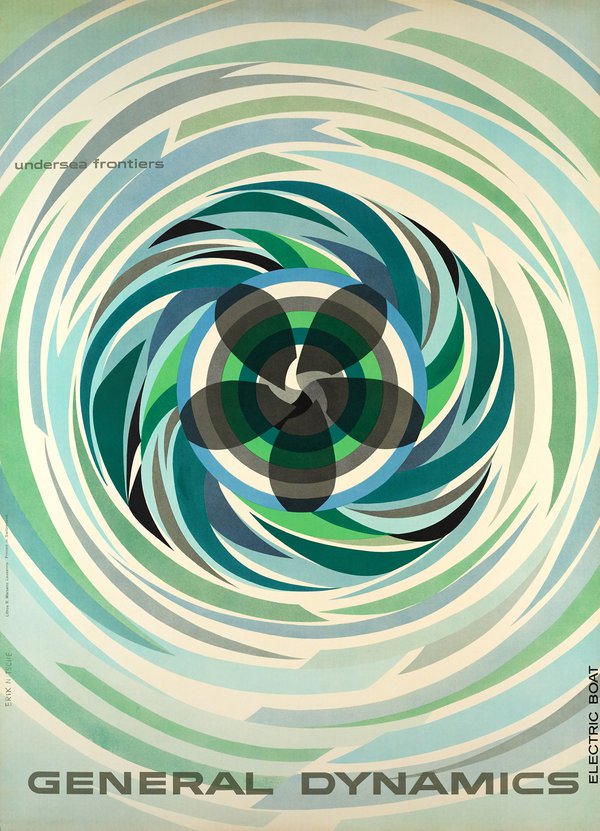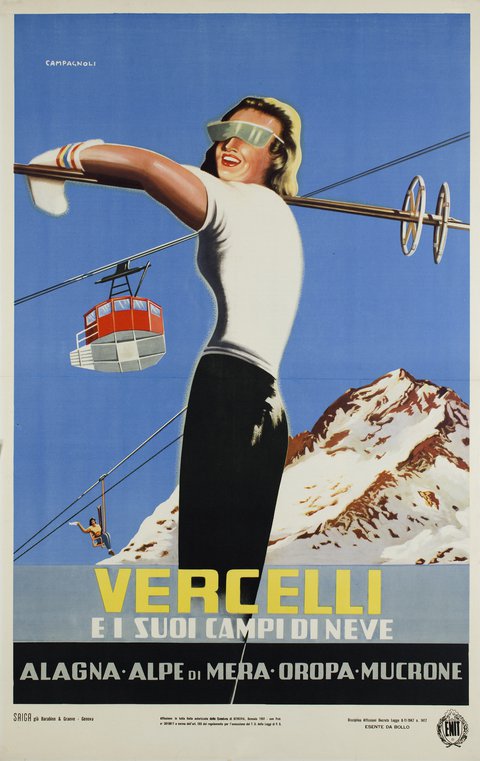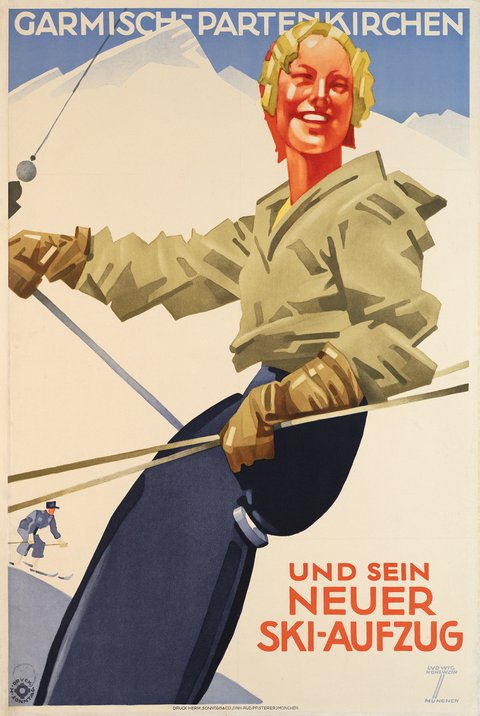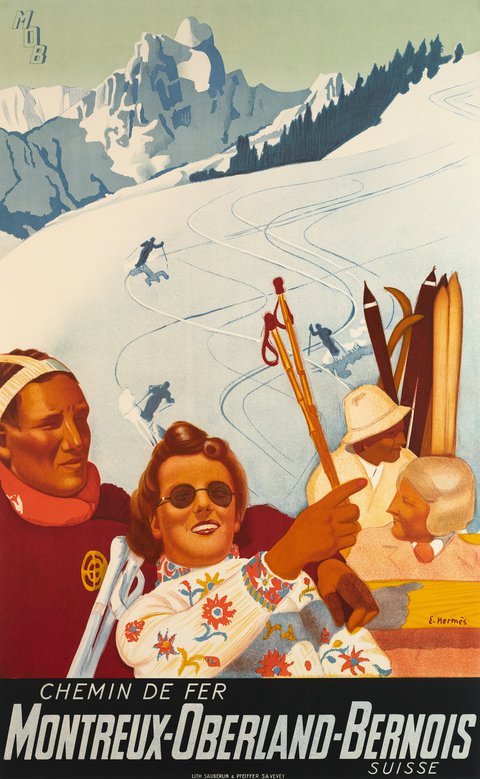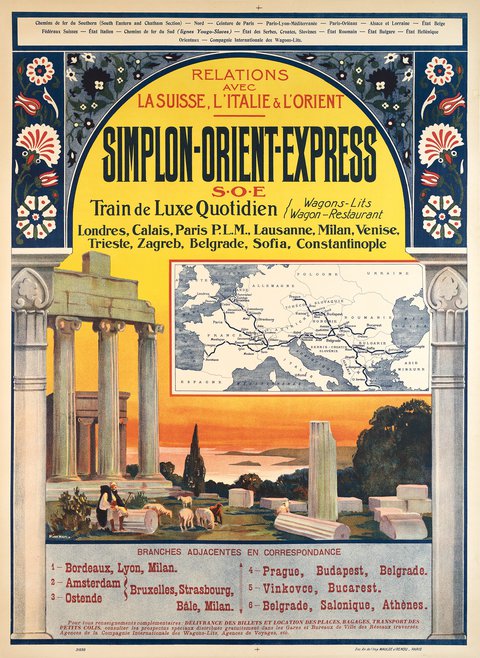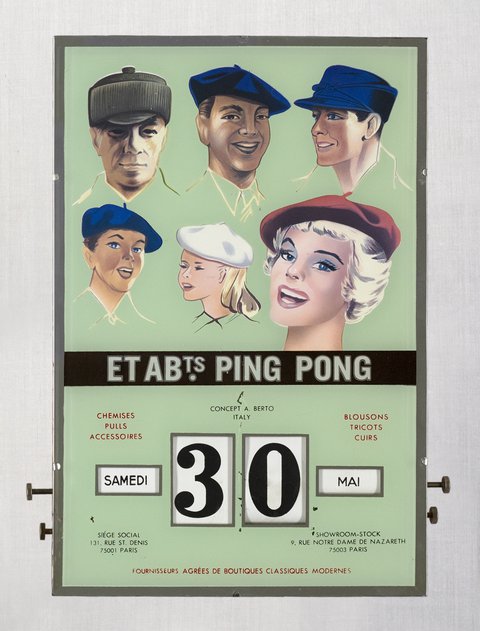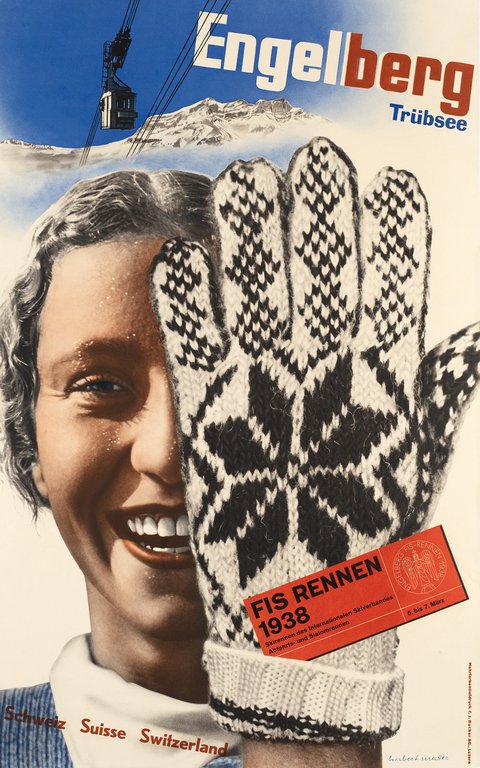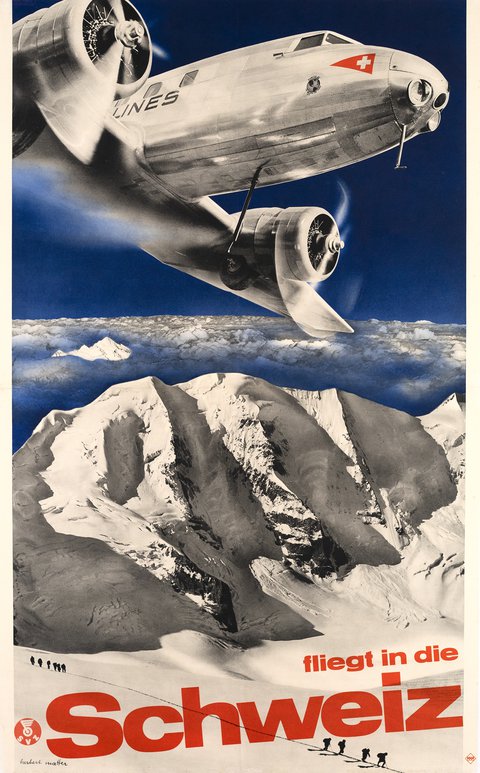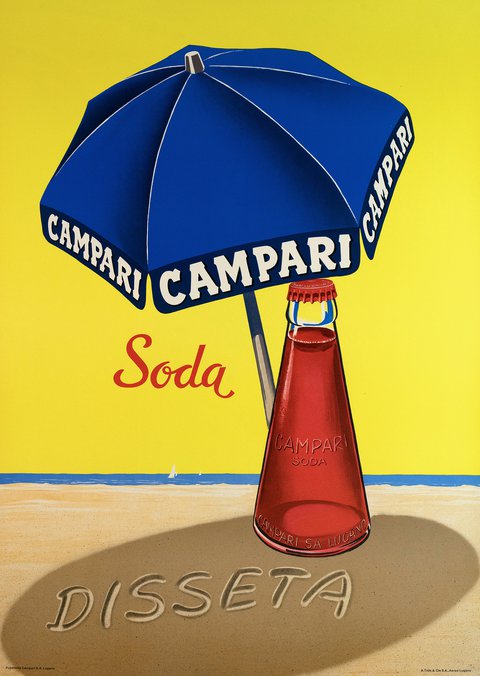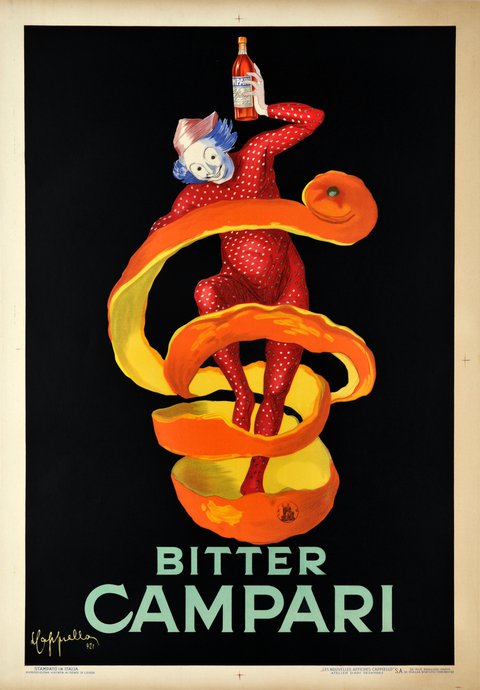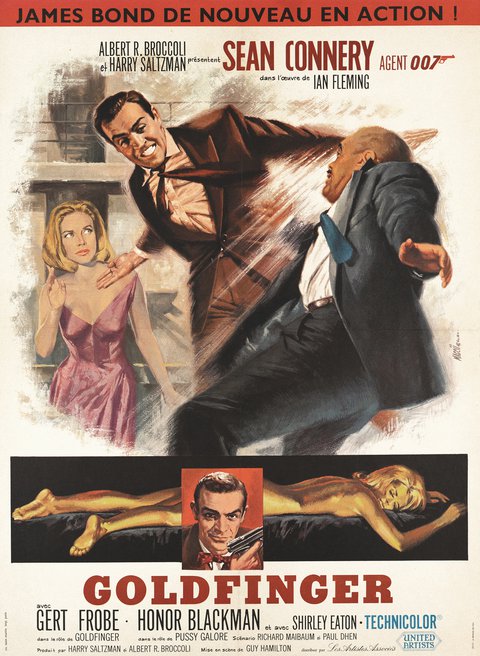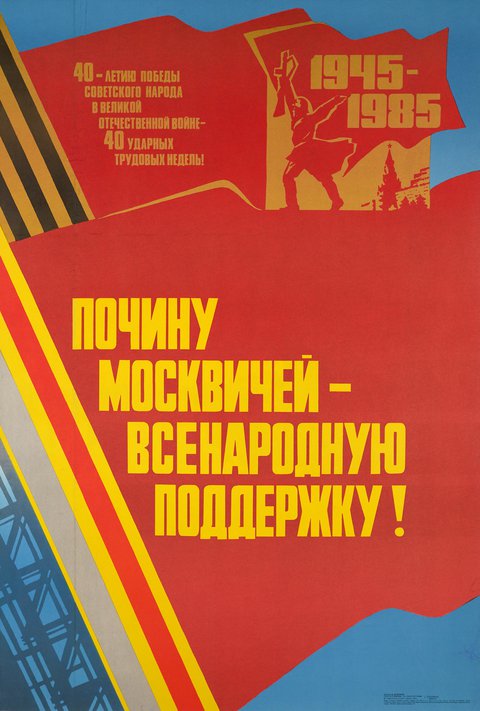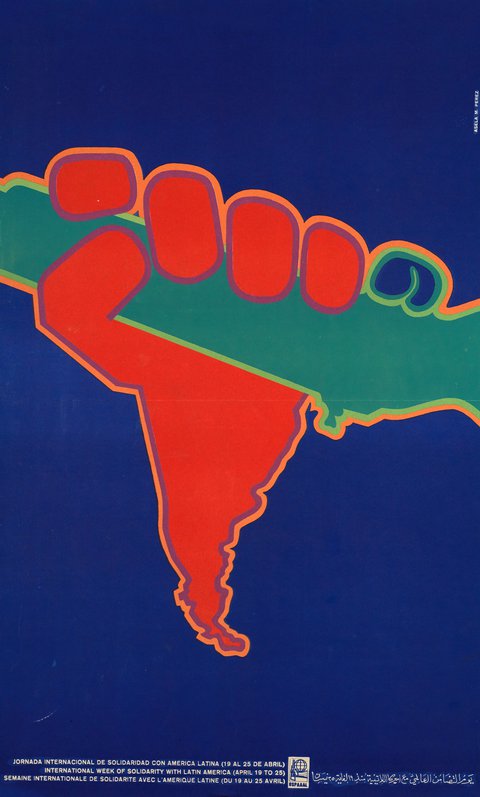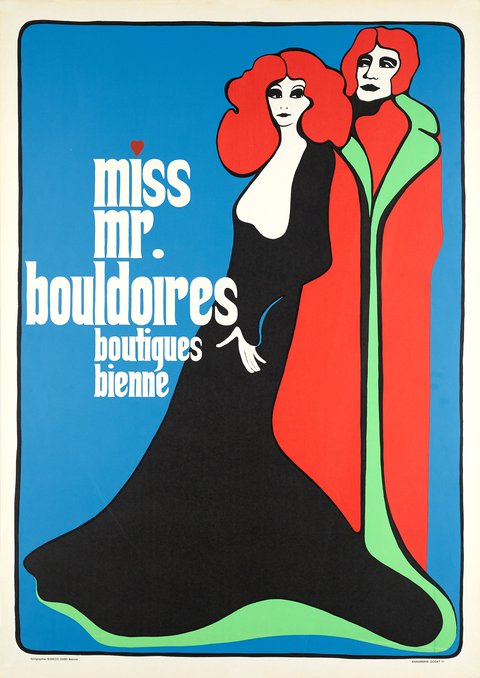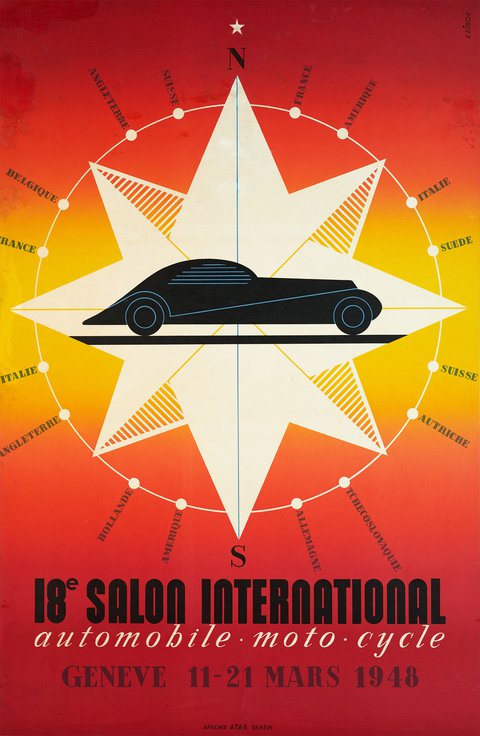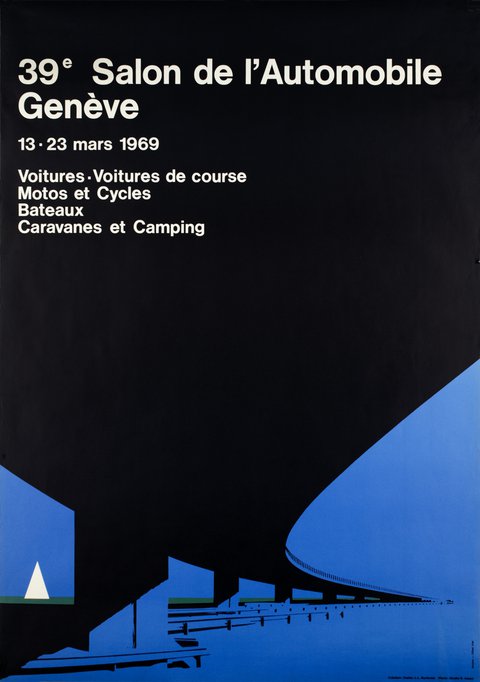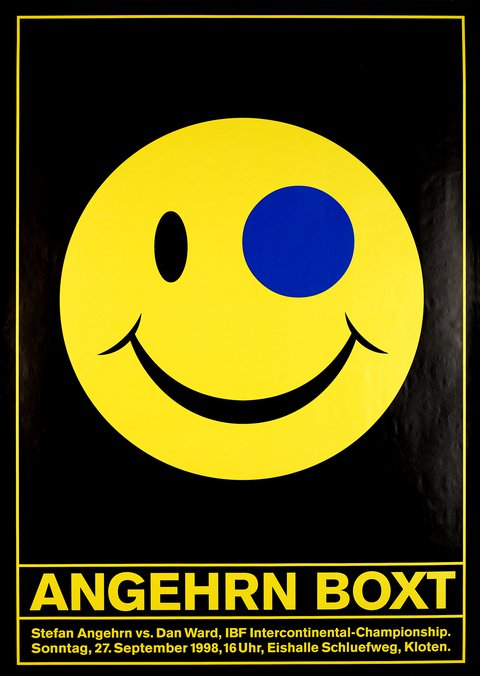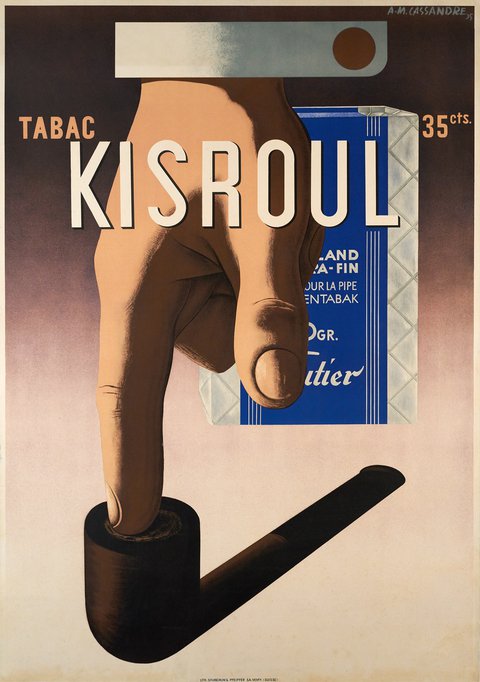GD Divisions, their acquisitions or openings
General Dynamics was founded in 1952 with the merger of Electric Boat and Canadair Ltd. Electro Dynamics was a division of Electric Boat.
Electric Boat (founded in 1891) merged in 1952.
Electro Dynamics (founded in 1880) merged in 1952.
Canadair (founded in 1942) merged in 1952.
Convair (founded in 1908) acquisitioned in 1954.
General Atomic opened in 1955.
Stromberg-Carlson (founded in 1894) acquisitioned in 1955.
Liquid Carbonic (founded in 1888) acquisitioned in 1957.
Material Service (founded in 1919) acquisitioned in 1959.
SHORT HISTORY OF GENERAL DYNAMICS POSTERS
Atoms for peace
First series, printed in 2 sets in 1955 and 1956.
1st set: 6 posters printed in 1955, to promote the pacific use of atomic energy, on the occasion of the International Conference on the Peaceful Uses of Atomic Energy, Geneva 1955
2nd set: 5 posters printed in 1956
Exploring the universe
Second series designed in 1957 and 1958,
to show the research activities of the company, on the occasion of the second International Conference on the Peaceful Uses of Atomic Energy, Geneva 1958. On this occasion the atomic reactor TRIGA was presented to the public.
Transportation, Energy and Industrials Products Divisions
Third series printed in 1959 & 1960,
to promote the different GD divisions




























